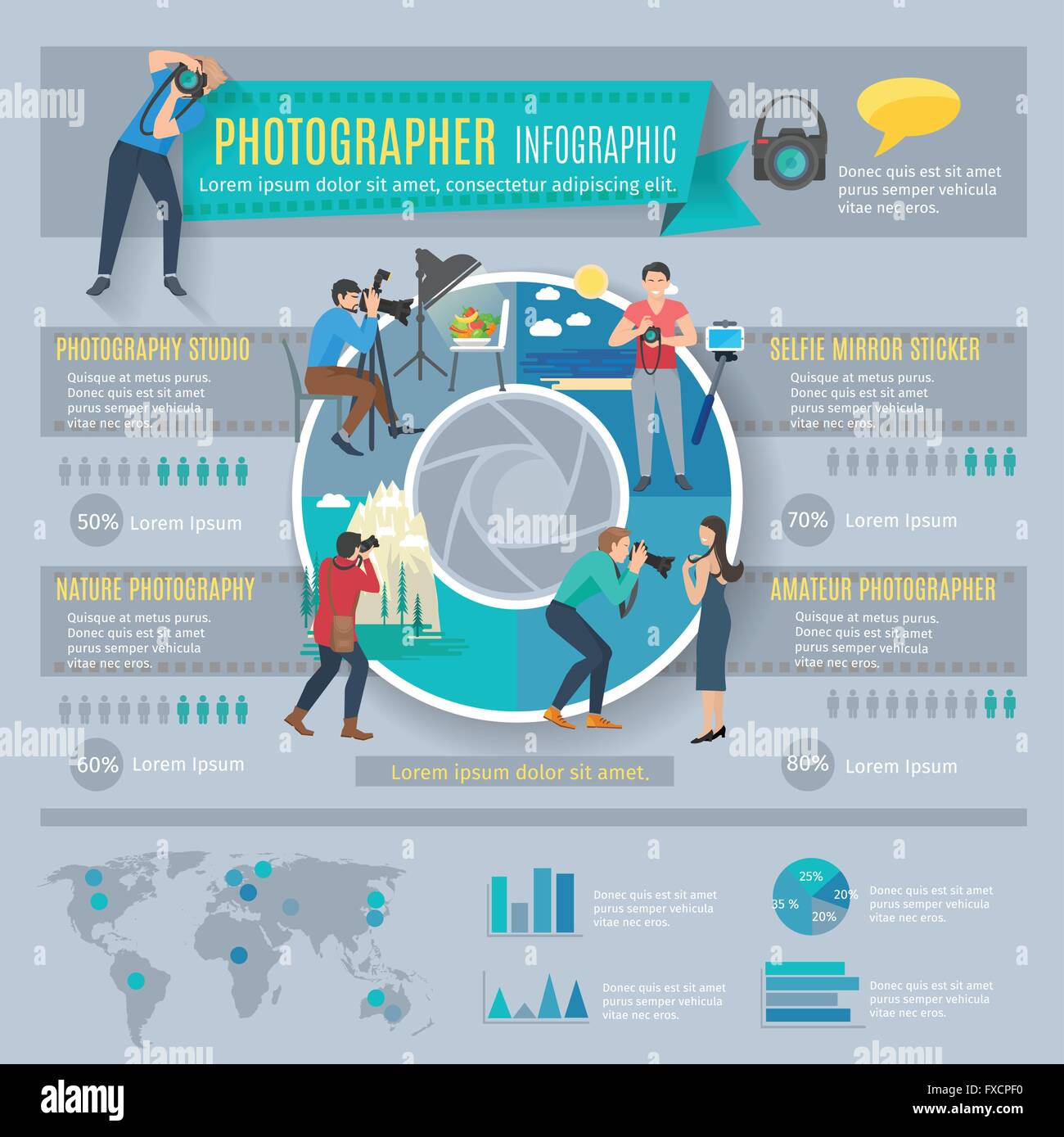Digital Photography Tips For Beginners: Understanding Your Camera In A Snap
Digital Photography Tips For Beginners: Understanding Your Camera In A Snap
Blog Article
Produced By-Lyons Elmore
When you first pick up your camera, it can really feel overwhelming with all the settings and options available. You might find yourself questioning how to browse aperture, shutter rate, and ISO efficiently. Understanding these fundamentals is important, yet there's more to photography than simply technical knowledge. Comprehending composition techniques and lights conditions can raise your pictures significantly. So, what if read this post here could find out straightforward approaches to improve your abilities and start catching impressive pictures faster than you believe? Allow's discover how to transform your digital photography trip.
Recognizing Electronic Camera Setups
Understanding your camera settings is essential for capturing spectacular photos. When you pick up your electronic camera, acquaint on your own with the three major setups: aperture, shutter speed, and ISO. Each plays a crucial function in just how your images turn out.
Begin with aperture, which controls the amount of light going into the lens. A broader aperture (lower f-number) allows extra light and develops a gorgeous history blur, best for portraits. On the other hand, a narrower aperture (greater f-number) maintains more of the scene in focus, suitable for landscapes.
Next off, focus on shutter speed. https://telegra.ph/Unlock-The-Keys-To-Discovering-The-Excellent-Camera-For-Your-Needs-However-Which-Kind-Will-Truly-Capture-Your-Vision-01-08 determines how long your camera's sensing unit is revealed to light. A rapid shutter rate freezes activity, which is terrific for activity shots, while a slow shutter rate can produce spectacular effects like smooth water in landscapes.
Finally, adjust your ISO. This setup impacts your cam's level of sensitivity to light. A higher ISO works in low-light situations but can introduce noise or grain. Aim for the most affordable ISO possible while still achieving correct direct exposure.
Composition Methods
When you're out capturing, structure can make all the distinction in how your pictures reverberate with visitors. Start by using the guideline of thirds; picture your frame divided into nine equal sections with two horizontal and 2 upright lines. Position crucial elements along these lines or at their crossways to develop balance and interest.
Next off, think about leading lines. These natural lines in your scene, like roads or rivers, attract the audience's eye into the photo, guiding them through the story you're telling.
Do not ignore framing; use aspects within your scene, like trees or windows, to produce a frame around your topic, adding deepness and emphasis.
Likewise, watch on your history. A messy history can distract from your main topic, while an easy one assists it stick out.
Finally, try out symmetry and patterns; they can produce a striking picture that records focus.
Learning Lights Issues
Grasping lights conditions is crucial for recording spectacular photographs, as the ideal light can transform a common scene into something phenomenal.
Beginning by observing all-natural light at different times of the day. Early mornings and late afternoons offer the very best light, called the golden hour. The soft, cozy tones during these times can boost your photos beautifully.
Do not shy away from overcast days either; diffused light can reduce rough shadows and create a pleasing result, specifically for portraits.
Trying out backlighting by positioning your subject versus the source of light. This technique can create a fanciful halo impact and include deepness to your pictures.
Pay attention to your electronic camera settings too. Readjust Executive portrait photographer , aperture, and shutter rate to match the lighting conditions. A greater ISO can assist in low light, however beware of grain.
Use a tripod in darker settings to avoid blur.
Last but not least, do not forget man-made lighting. Flash and continuous lights can be terrific tools for managing light in challenging problems.
Final thought
In conclusion, mastering your video camera does not have to be frustrating. By recognizing your settings, applying make-up methods, and harnessing the power of natural light, you'll swiftly boost your digital photography skills. Keep in mind, practice makes perfect, so get out there and experiment with your newfound knowledge. With time and dedication, you'll be recording stunning images that show your unique perspective. Enjoy the journey, and don't fail to remember to have a good time while you go to it!
